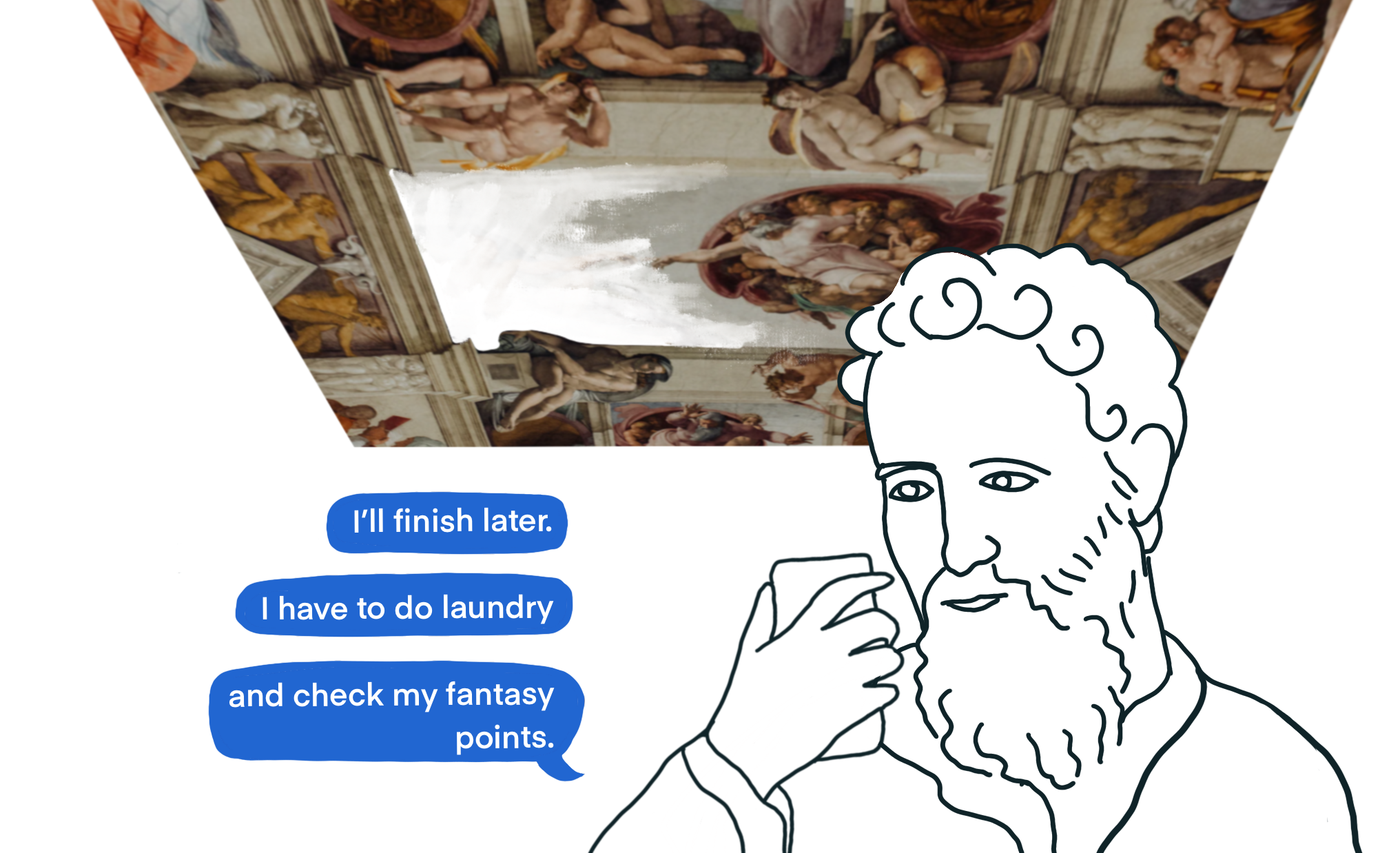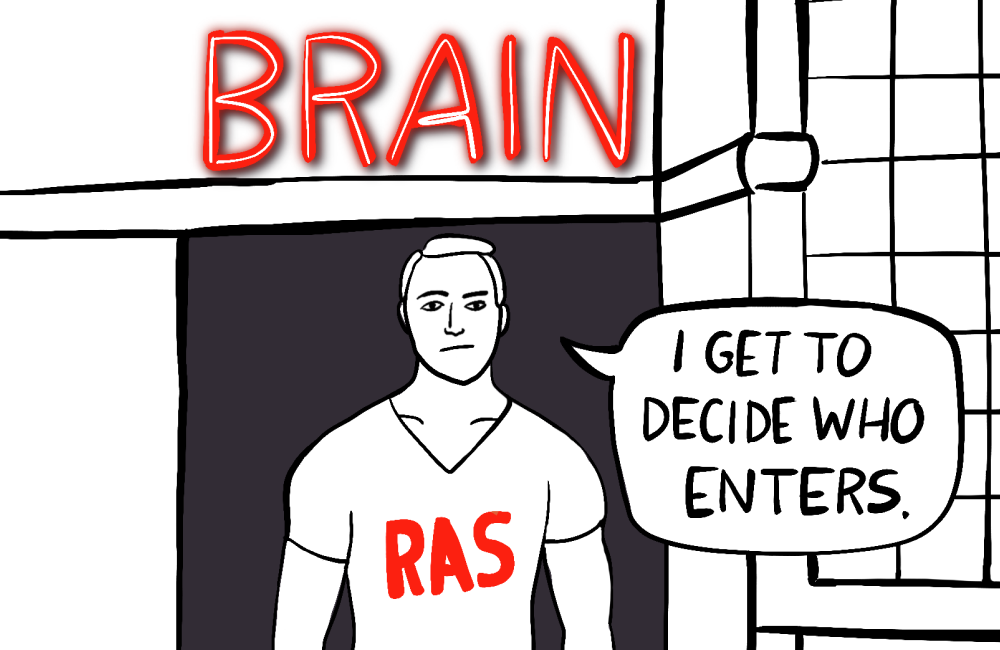Let’s talk about procrastination.
(We actually procrastinated a ton on this blog post. We started it months ago. How’s that for irony?)
Think of everything we do as an open or closed loop. Closed loops are tasks that have clear start and end points, like filling out a form or eating at a restaurant. The action starts and finishes. Don’t get me wrong – you can procrastinate on a closed loop all day long. Still, with a closed loop, you get that dopamine boost when you check it off on your list because it’s done. Even better, once it’s done, it’s off your mind.
Open Loops Are Inherently Stressful
Open loops are much harder for us. These are the tasks that sit with you longer because their start and ends are less clear. For example, studying for a test. You can study for an hour, but are you really finished? Maybe you need to spend more time on a certain topic. Maybe you need to look something up that wasn’t clear. There isn’t a clear moment when your studying is “done,” so the task is that much more stressful.
Another example is creative work. Michelangelo took seven years to complete the painting of the Sistine Chapel. Obviously we don’t know what was going through his head, but he must have had moments where he thought he was done but wasn’t sure, right? There’s no way to know when a painting is “complete” – the artist needs to follow their instincts and make a decision.

Open loops are tougher on our brains than closed ones because of this uncertainty. When our brains are dealing with that stress, we tend to procrastinate to avoid that feeling.
Procrastination Isn’t Always a Bad Thing
Procrastination is a huge problem, right? Not entirely. It turns out that procrastination isn’t always bad. One interesting study on creativity found that procrastination is actually really good for projects, especially creative or innovative ones.
When you’re procrastinating on a project with an open loop, it can actually help. The key is that you have to start the project…and put off finishing it. Because when you do that, part of your mind is working on it the whole time. That’s what famous artists like Michelangelo would do: they would start a project, and then let it sit. They’d get some cognitive distance. With an open loop hanging over your head, part of you is always working on it. And then, when the deadline approaches, you get this massive sort of channeling of energy of all that background thought.
It’s bad if you put off ever starting the project. You have to trick yourself basically. “I’m only going to start this, but then I’m going to not work on it anymore.”
The problem is that if you’re on to the game, the effect decreases. You can’t self-select when you’re going to feel that energy. It has to be outside pressure. And we all want to avoid that outside pressure, right? Intrinsic motivation seems like the best way to do things. But outside pressure is literally the only way to get the best out of ourselves.It has to be imminent danger, and then all of a sudden you get all the stuff done. Which is a terrible feedback loop, right? Because it’s self-reinforcing.
Impending events – social pressure, deadlines – help. They raise our bias for action. You’re more likely to jog if you have a 5K coming up. If there isn’t an actual timeline, you can make one by envisioning negative consequences – this is actually really effective! Fear is motivating; it gets you into an activated state. But you can’t let it overtake you. Channel it into specific actions that move you closer to closing that loop.
Here are some things you can do when procrastination has you stuck:
- Use procedural memory to jumpstart action: write out or think through all the steps you need to do. This primes the neurotransmitters and creates a visualization to create a bias towards action.
- Chunk the task, making each part as small as possible.
- Create a schedule for when you’ll get each part of the task done. (This never works for me…maybe it will for you!)
Next time you’re procrastinating, think to yourself, is this valuable? Is there an open loop I’m avoiding dealing with? If you haven’t started the loop, that’s a problem. That’s when you need to amp up the stress to get started. But if you’ve started the task and you’re giving yourself cognitive dissonance, you can call yourself Michelangelo. That’s where some great thinking happens…when we’re not thinking about things.
If you’re procrastinating too much even after you’ve opened the loop, try some of the techniques above and let me know which ones work for you!
About the Author

Derrick Kuhn is our Founder and Managing Director. He specializes in all things digital marketing and strategy. He has pursued business as a platform to pursue ideas and opportunities to grow, explore, contribute, and chart his own course for over 20 years, and is passionate about learning, neuroscience, and fitness.




